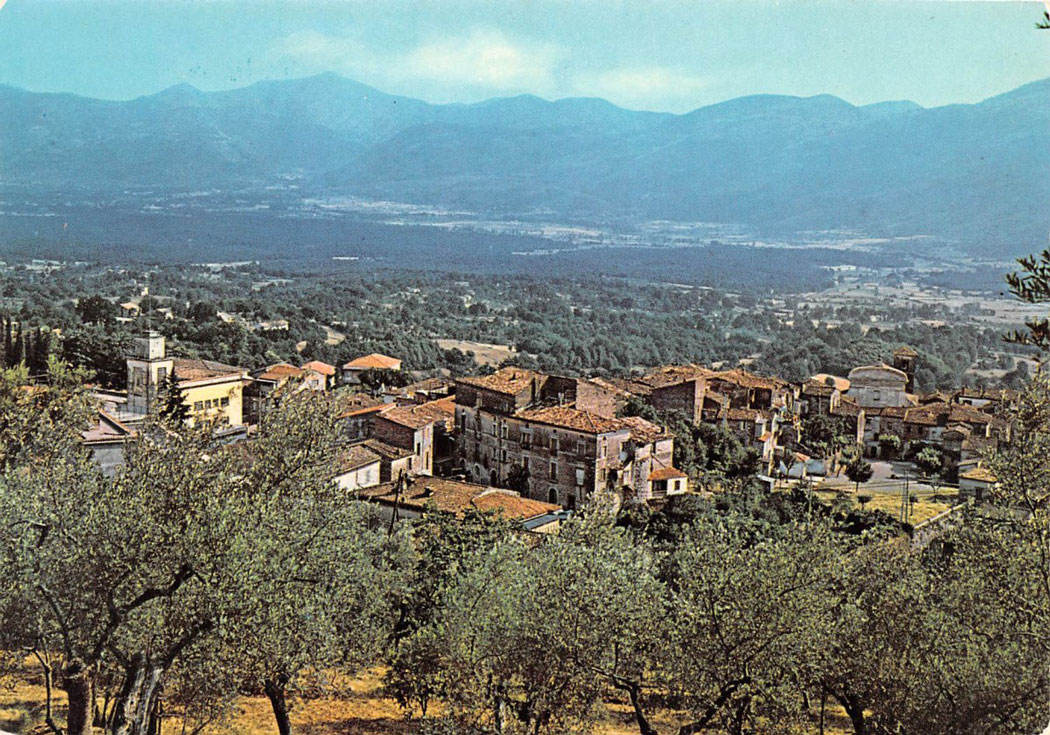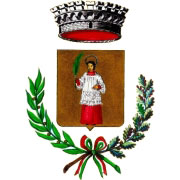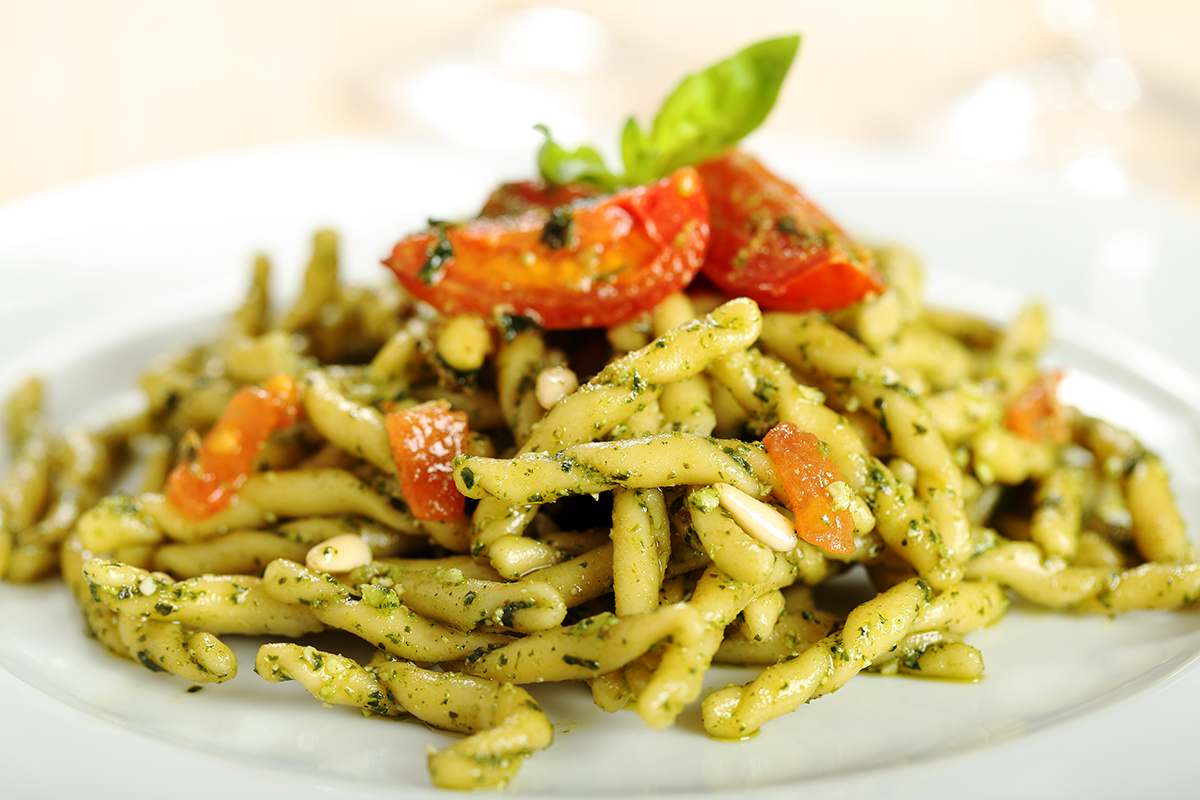

Villa Santo Stefano sits on top of a hill overlooking the Amaseno Valley. This area has been inhabited since prehistoric times as can be seen from the achromic ceramic artifacts painted black. Legend has it that here Metabo, king of the Volscians, spent summer here and built a tower for his daughter Camilla (found in the square of Umberto I).
With the sunset of the Roman Empire, people sought refuge in the hills around churches or fortresses. In this case, the medieval village formed around a church dedicated to St. Stephen. The local stronghold also comprised Pisterzo and Prossedi. The village is mentioned for the first time in a document from 1125, which lists it among the possessions stolen by Onoro II from Ceccano that soon returned into his possession.
Later, it belonged to Ceccano until the fifteenth century, apart from a spell with control by Bonifacio VIII. Then it passed to the Colonna after the death of Pope Martin V until the arrival of Napoleon.
The old town comprises an array of alleys and walking paths covered in parts by arches. The back gate of the town, known as 'Portella' was the entry point for brigands returning from their forays.
Villa Santo Stefano claims fame for 'La Panarda' a soup mad,e in honour of Saint Rocco, from chickpeas overnight on 16 August and delivered to the townfolk the following day.











Follow us